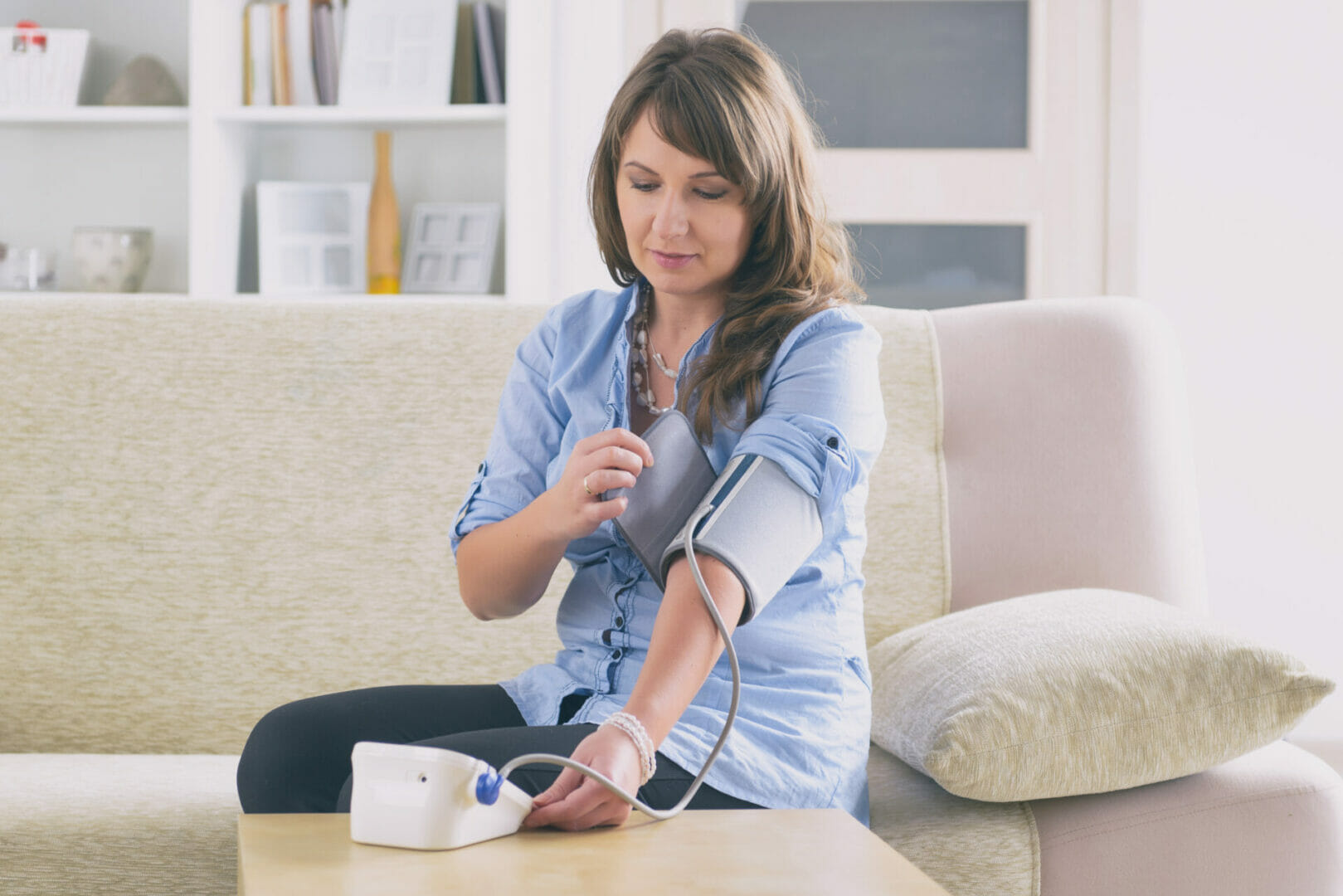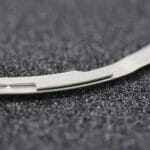The global medical injection moulding market size was valued at USD 1.38 billion in 2019 and is expected to grow at a compound annual growth rate (CAGR) of 8.2% between 2020 and 2027[i]. Much of this growth is being driven by advances in the home healthcare sector and an aging population, which WHO predicts will double by 2050.
Managing director of Sumitomo (SHI) Demag UK Nigel Flowers examines the transformational technologies that will play a role in future treatment pathways and how UK moulders are fostering cooperation and expanding their medical device moulding capabilities.
Plastic moulding continues to be used for many medical applications, including manufacturing implantable components, test tubes, beakers, casings and housings for laboratory and medical equipment, drug delivery components and surgical equipment. Rising demand for medical devices across hospitals and laboratories during the COVID-19 pandemic has had a positive impact on market growth.
In order to safely deliver healthcare during the pandemic, telehealth and outpatient care spiked with virtual healthcare models reshaping attitudes and acceptance towards ‘at home tests’. Within Sumitomo (SHI) Demag, demand for medical technology solutions rose by almost 50 percent during the pandemic. Here, the focus was on delivering machines to support the production of applications for IVDs to support the devices which perform Covid-19 tests. The main products being pipette tips and PCR-plates.
With approximately 70 percent of UK clinical decisions based on IVD tests[1], over 900 million tests performed every year and a predicted 10 percent annual increase in demand for blood and tissue tests in the next 10 years[2], the UK ‘s advanced and dynamic IVD market has huge export potential notes national association BIVDA.
“Rising costs and demographic shifts, most notably driven by higher life expectancies, inevitably places even greater pressure on already stretched healthcare services,” observes Nigel. Britain’s over 65s already outnumber under 16s. By 2030, around 20 per cent of people in England will be over 65. “This rising age demographic presents serious challenges with regard to managing chronic diseases. But as we have observed during the pandemic and the shift towards virtual appointments, larger scale adoption of home healthcare programmes and smart diagnostic devices is no longer regarded as untenable.”

The paradigm shift
Often referred to as the Internet of Medical Things (IoMT), the evolution of remote monitoring solutions to efficiently treat patients combined with significant R&D in medical monitoring and diagnostic applications is already causing a paradigm shift in the MedTech space. Estimated to be worth USD 56.5 million by 2027[3]. for moulders already producing vital monitoring devices, e.g. oxygen, weight, glucose and ECG devices, as well as infusion pumps and cannulas etc. and already meeting the exacting healthcare standards, the transition to homecare device production should be relatively seamless.
To enhance patient safety, there’s already been a drive towards using new and more innovative regulated materials with a better flow and high impact strength to mould components. Advanced batch tracking, contact-free inspection using cameras, and highly automated assembly are among the latest developments to meet the market’s precision and quality control requirements.
As a high liability market, traceability is not just about mandatory information and supply chain tracking. Real-time traceability is about being able to call up data and verify the exact settings used on the injection moulding machine when that individual plastic part was made. That’s where connectivity to a Management Executive System (MES) is vital.
The importance of Sumitomo (SHI) Demag’s strategic decision to push ahead with new and further developments in its all-electric IntElect machine series a few years ago has been clearly beneficial during the pandemic. “This foresight has enabled moulders in hygiene sensitive markets to react to different demands, including heightened demand for oxygen sensors, blood monitoring equipment and facemasks, as well as test kits,” states Nigel.
Catching fresh outbreaks
UK scientists and ministers have already initiated programs to ensure future infectious outbreaks can be tested and contained at home. During its Covid-19 peak, the UK was running around 25 million weekly lateral flow diagnostic home tests. “This pandemic has transformed the face of diagnostic testing. We are already anticipating high demand for tools that can reliably distinguish between a common cold, a strain of coronavirus or flu. Concurrently, the cycle of British Medtech and genome sequencing innovation has accelerated,” comments Nigel.
High profile acquisitions of diagnostics companies, IPO listings, advances in liquid blood testing technology provide further assurance that the diagnostics market is on the cusp of another huge growth curve believes Nigel. With the UK medical device market currently the 3rd largest in Europe and 6th largest in the world, there are clearly exciting opportunities ahead for British moulders operating in the high tech medical device and diagnostics product development and production space, he adds.
Moreover, the shift in the delivery of traditional institutional healthcare services to homecare as the country attempts to alleviate the economic burden on the NHS and social care will inevitably lead to the development of new devices.
To support these advances and in order to meet the explicit quality management and validation ISO 13485 standards for medical devices, Sumitomo (SHI) Demag has introduced new machine user parameters, digital quality control and KPI analytics into its IntElect S medical production cell.
Such systems demonstrate the advantage of keeping processes within certain bandwidths and illustrates how cycle and time-dependent data can be collected via the machine interface and mapped via an App-based dashboard. Initially, these can be used for data server storage, the creation of KPI dashboards, the visualisation of live data, and to display historical data and trend analysis. Additionally, a troubleshooting guide helps with solving and evaluating process deviations.
[1] Office for Life Sciences and UK Trade and Investment
[2] Working Differently to Provide Early Diagnosis – Improving Access to Diagnostics,
[3] https://www.alliedmarketresearch.com/homecare-medical-equipment-market
[i] Grand View Research, Sept 2020 report








